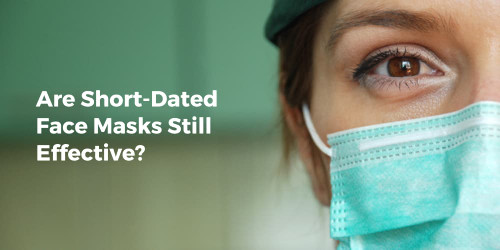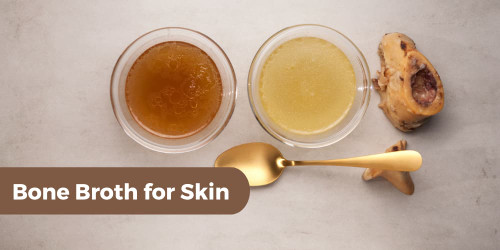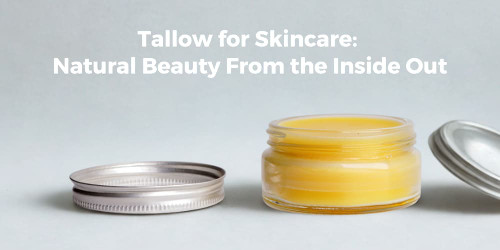The Benefits and Side Effects of Essential Oils
The global essential oils market size was valued at USD 21.79 billion in 2022 and is anticipated to expand at a compound annual growth rate (CAGR) of 7.9% from 2023 to 2030. Article: Grand View Research
With the rise of alternative medicines and people wanting to go natural nowadays, Essential Oils have become increasingly popular, especially in promoting health and wellness. Here are some of the reasons why essential oils have become so popular and why they are worth considering as part of your wellness routine.
What are essential oils?
Essential oils are concentrated plant extracts that retain the natural smell and flavor, or “essence,” of their source.
What are essential oils used for?
An article from Healthy WA states, Essential oils are commonly used in aromatherapy to bring about mental and physical wellbeing. Aromatherapy is the practice of blending different therapeutic essential oils to stimulate a desired response. Essential oils can be applied or massaged into the skin, inhaled or immersed in water.
While aromatherapy has been practised for centuries in various cultures, it has not yet been properly evaluated for medical effectiveness. However, it remains a popular complementary therapy for helping with certain health conditions.
Here are some popular essential oils and the health claims associated with them:
Tea tree oil: used to fight infections and boost immunity
Peppermint: used to boost energy and aid digestion
Lavender: anxiety, insomnia and restlessness, used to relieve stress
Sandalwood: used to calm nerves and help with focus
Bergamot: used to reduce stress and improve skin conditions like eczema
Rose: used to improve mood and reduce anxiety
Chamomile: used to improve mood and relaxation
Ylang-Ylang: used to treat headaches, nausea, and skin conditions
Jasmine: used to help with depression, childbirth, and libido
Lemon: used to aid digestion, mood, headaches, and more
Eucalyptus oil: aids in nasal decongestant, disinfectant
Clove oil: helps with toothaches
Shop for more essential oils online
Safety and Precautions
If consumed, essential oils can cause significant poisoning even if small amounts are ingested.
The Western Australian Poisons Information Centre (WAPIC) has recorded an increase in poisonings as a result of essential oil ingestions in children. It is therefore important that essential oils are stored securely in a child-resistant container and kept out of reach of children.
The use of undiluted essential oils on sensitive skin or in the nostrils can irritate or burn. Susceptible people may also develop an allergic reaction and a skin rash. Keep out of reach of children, use as directed and if sensitivity occurs, discontinue use.
In cases of;
Ingestion: Rinse out the mouth. Do not induce vomiting. Do not give oral fluids. This can increase the risk of vomiting and aspiration of fluid into the lungs. See a doctor if symptoms do not resolve.
Eye exposures: Immediately rinse the eye(s) under running water, allowing the water to flow from the corner of the eye closest to the nose over the eye and outwards. This should be continued for 15 minutes. Persistent eye symptoms should be evaluated by a doctor.
Skin: Remove contaminated clothing and wash the skin with soap and water. See a doctor if symptoms do not resolve.
Inhalation: Affected patients should be taken to fresh air. Call your doctor.
In conclusion, Essential oils are generally considered safe. However, they may cause serious side effects for some people, especially if applied directly to the skin or ingested. If you are under medication or have some serious health condition, always consult your doctor.
Sources for this article:















